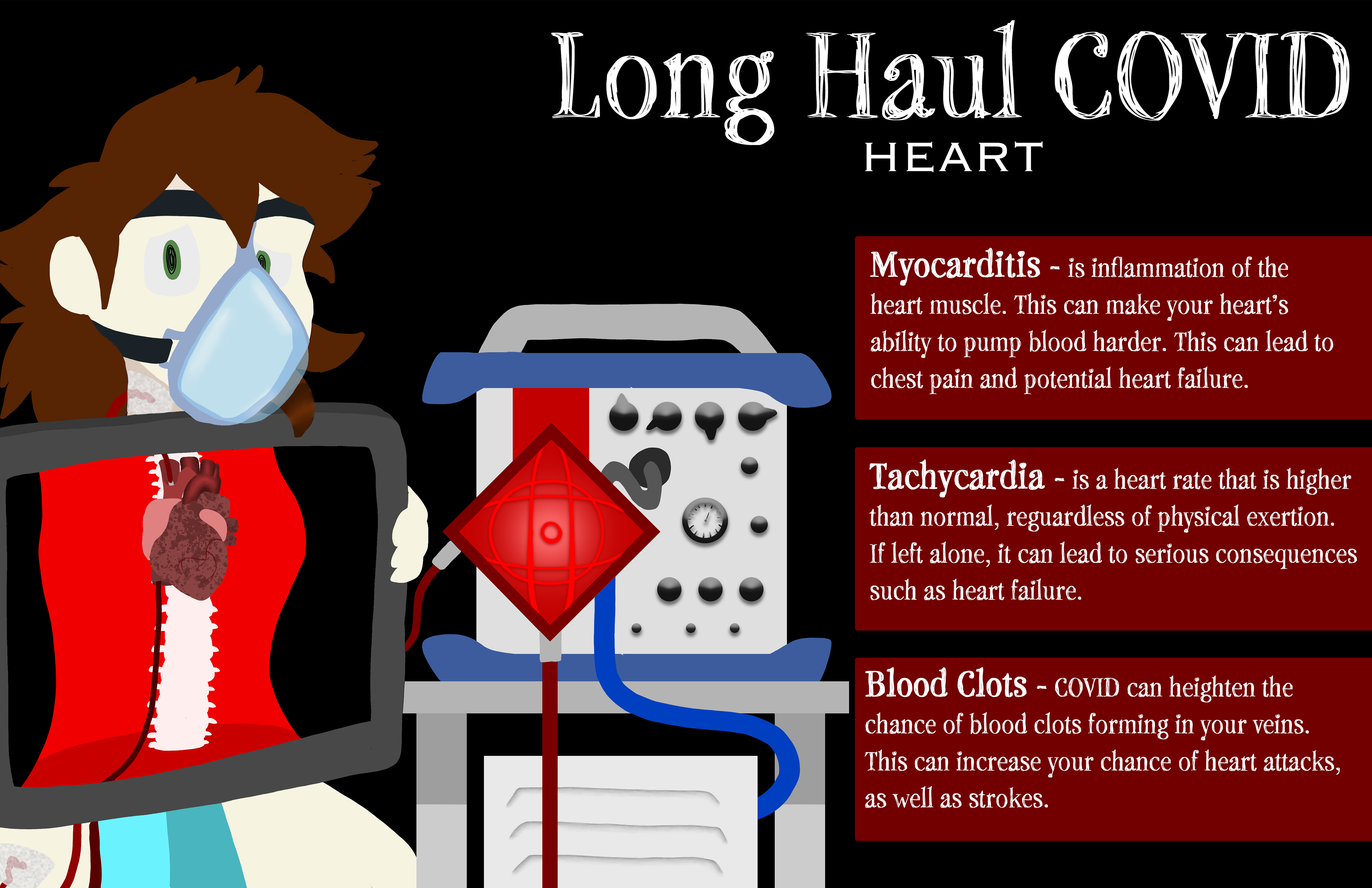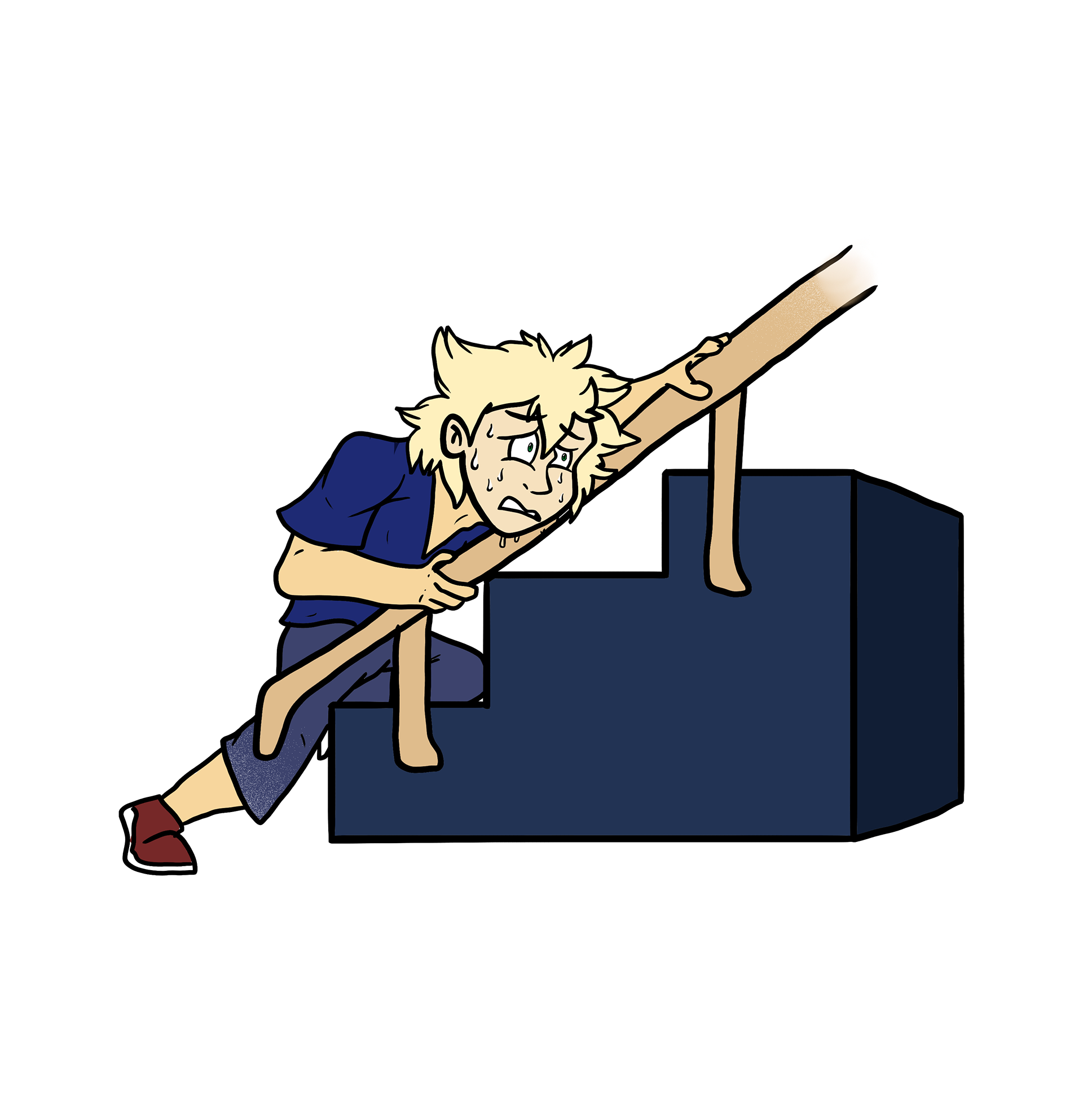This book was hard to make. Not only design-wise, but also research-wise. It was also hard to stomach,
as some of the stories and studies were very depressing...and very gross.
as some of the stories and studies were very depressing...and very gross.

Project planning

Font and color studies

Call to action/catchphrases

Infographic/social media layout

Book/infographic layout

COVID letters

Long-COVID symptoms (some were replaced later on)

Unused infographic layouts
Research and Layout
As the pandemic raged on with Delta as the ring leader, we were learning new things about it day by day. I wanted to do a campaign about the vaccine first, but my audience was very hellbent on not taking it. I realized that I needed to take a different approach to it. When researching about the tone for the project and the audience, I noticed that many people tend to not take the shot until they end up in a hospital bed. They usually showed deep regret about it and either died, got long-COVID, or were still stubborn on getting the shot. I learned a lot from researching nurse stories, people discussing about their experience at the hospital, and even photos of people attached to wires and tubes.
I wanted to teach people the horrors that COVID can bring onto someone even if they end up surviving.
I wanted to teach that the stove is hot without risking them burning their hand to learn.

Rough sketch

Solid color

Final shading and textures
Making of the Infographics
I wanted to make these infographics very detailed and very gross. I had to do minor research on each machine, their purpose, and how they're attached to someone. The ECMO machine was the hardest one due to the different ways it's depicted and how it can be attached to someone. In some depictions, it's a neatly organized machine; in others, its a mass of wires and a box. I decided to install the cannula into the neck and femoral artery. There were other ways the cannulas could be inserted, but I decided to insert them there because the idea of tubes being inserted into those areas felt extremely uncomfortable.

Complete page

Rough sketch

Solid color

Textured shading

Black background added
Making of the Book
Each spread followed the same method of execution as the next. The left page depicts the victim's name, their symptom, and a description of said symptom.
On the right, a simple image is shows the victim having trouble going through their day-to-day life due to their symptom. While the name has no relation to
any real person, some of the images are based off of real stories. For Finn,
his image is a reference of a woman who had such fatigue that she had
trouble getting up the stairs.
On the right, a simple image is shows the victim having trouble going through their day-to-day life due to their symptom. While the name has no relation to
any real person, some of the images are based off of real stories. For Finn,
his image is a reference of a woman who had such fatigue that she had
trouble getting up the stairs.

T story: Descriptions

T story: Image

Instagram profile page
Social Media Posts
Because my audience also encompasses younger people, I took advantage of the book's square design and broke it into pieces so that it could be turned into stories.
